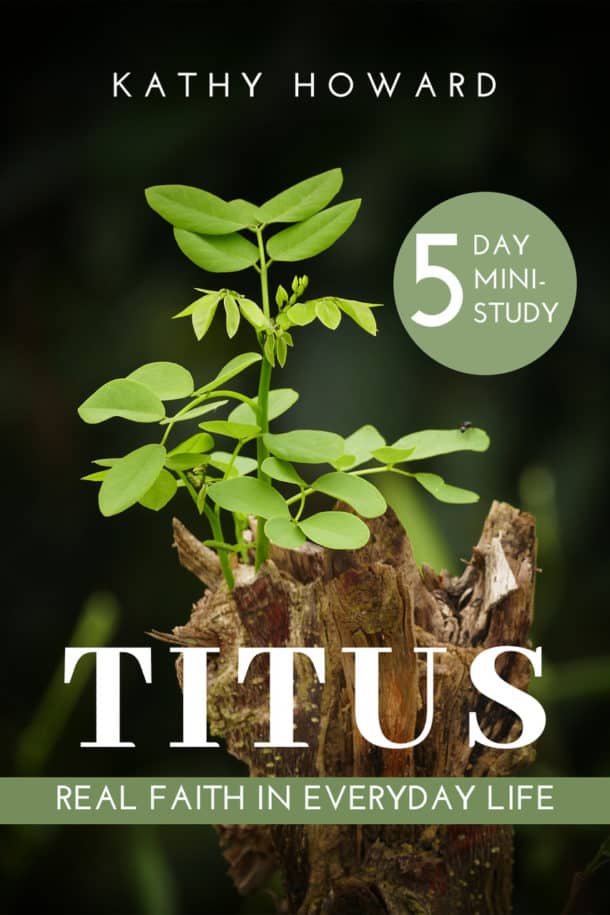
We may not realize it, but we do it. When we read the Bible, by default we impose our own understanding of the world into the pages of Scripture. But the people who originally received God’s Word lived in a vastly different place and time. A huge gap exists between their culture and spot in history and ours today.
Years ago, on our way home from a mission trip to Africa, our team had an extra-long layover in London. So, we decided to stow our bags in a locker and take a train into the city to do a little sight-seeing. As we approached the train’s open door we heard a recorded message repeating the phrase, “Mind the gap!”
As I stepped over the wide, open space between the platform and the train the meaning of the announcement hit me. That’s the British way of saying “watch your step.” If I had failed to “mind the gap” I might have ended up in the gap!
When we fail to “mind the gap” when we read or study the Bible, we risk falling into misunderstanding. The people in Scripture didn’t live in an isolated Bible bubble. They lived in a big world far different than ours. To best understand the original – and only! – meaning of Scripture, we must consider the original historical and cultural situation. (Also see “4 Tips to Help You Understand the Bible.”)
First, we must consider the historical situation of the original audience by learning about the world powers of their time, what world religions dominated, and what was going on in and around Israel. Second, we should learn about the relevant cultural mores and ancient customs that shaped their lives. But how?
4 Resources to help bridge the Historical and Cultural Distance
- Read the passage from different translations – One type of Bible translation, known as “dynamic equivalent,” update things like idioms, figures of speech, measurements, monetary terms, and more for the 21st century reader. Although not technically as accurate as different types, these translations help bridge the distance for the reader. My favorite dynamic equivalent translation is the New Living Translation. You can read different Bible translations online for free at BibleGateway.com or BlueLetterBible.org. (Also see “Why are There So Many Bible Translations?”)
- Refer to a good study Bible – Although limited due to space, most study Bibles will share key historical and cultural information on a Bible passage.
- Open up a Bible dictionary – These resources are a wealth of information! You can look up places, people, nations, terms, practices, things, animals, Bible books and more. There are several good Bible dictionaries. The one I have on my bookshelf is the “Eerdman’s Dictionary of the Bible.” I’ve also seen trustworthy recommendations for the “Holman Illustrated Bible Dictionary” and on Amazon it’s far cheaper than Eerdman’s. (In fact, I just ordered myself a copy of the Holman’s dictionary!)
- Consult a background commentary – My favorite go-to resource for history and culture are the IVP Bible Background Commentaries. There is a New Testament volume and an Old Testament volume. These two volumes give background on just about every passage in the Bible. These resources are invaluable for my Bible study. I consult them all the time!
Do you have or use any of these resources? What’s your favorite?


Titus Bible Study
Join Kathy's mailing list to receive a free mini Bible study on the book of Titus.
Success! Check your inbox for the download link.